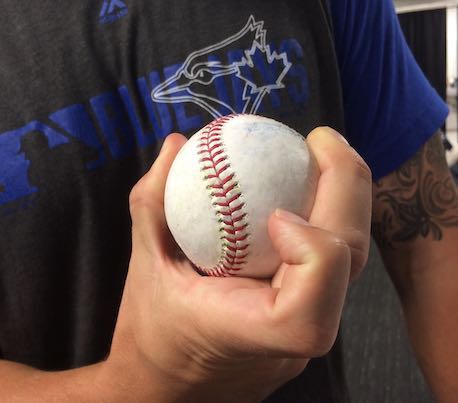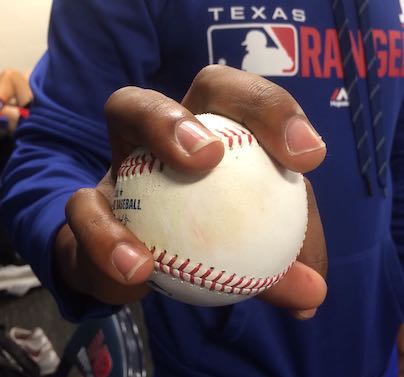Sunday Notes: Zack Britton Bought an Edgertronic
Zack Britton bought himself an Edgertronic earlier this month. He’s pondering purchasing a Rapsodo, as well. The Yankees southpaw boasts a 2.57 ERA — and MLB’s highest ground-ball rate, to boot — but that doesn’t mean he’s satisfied. Once the offseason rolls around, Britton plans to fine-tune his arsenal even more.
If you’re a hitter chagrined by this news, blame his nerdiest teammate.
“I bought all the [Edgertronic] equipment, and wired it up in my house,” Britton told me yesterday. “Talking with Adam Ottavino about what he’s been doing the last two off-seasons is what really piqued my interest. It’s a way to keep up with how we’re being evaluated now, and it allows us to make adjustments faster.”
While a primary driver, Ottavino’s influence wasn’t the sole selling point. Britton hasn’t had a chance to put his new purchase to use, but the 31-year-old former Oriole has thrown in front of an Edgertronic before.
“The Yankees have high-speed cameras at the Stadium,” explained Britton. “I’ve noticed differences with both my breaking ball and my sinker. I can see where my hand position is when I throw a good pitch. Rather than just feeling my way through an adjustment, I can get instant feedback on the adjustments I need to make.”
Britton had the winter months in mind when he went shopping. While details still need to be worked out, the plan is to link his Edgertronic — and perhaps a Rapsodo — with ones used by the Yankees.
“We can communicate back and forth during the offseason,” said Britton. “[Pitching coach] Larry Rothschild can see the numbers and know the things I’m doing. And if there’s anything they want to see, I can try it and then send them the data. We have the technology to where we can do that.” Read the rest of this entry »

